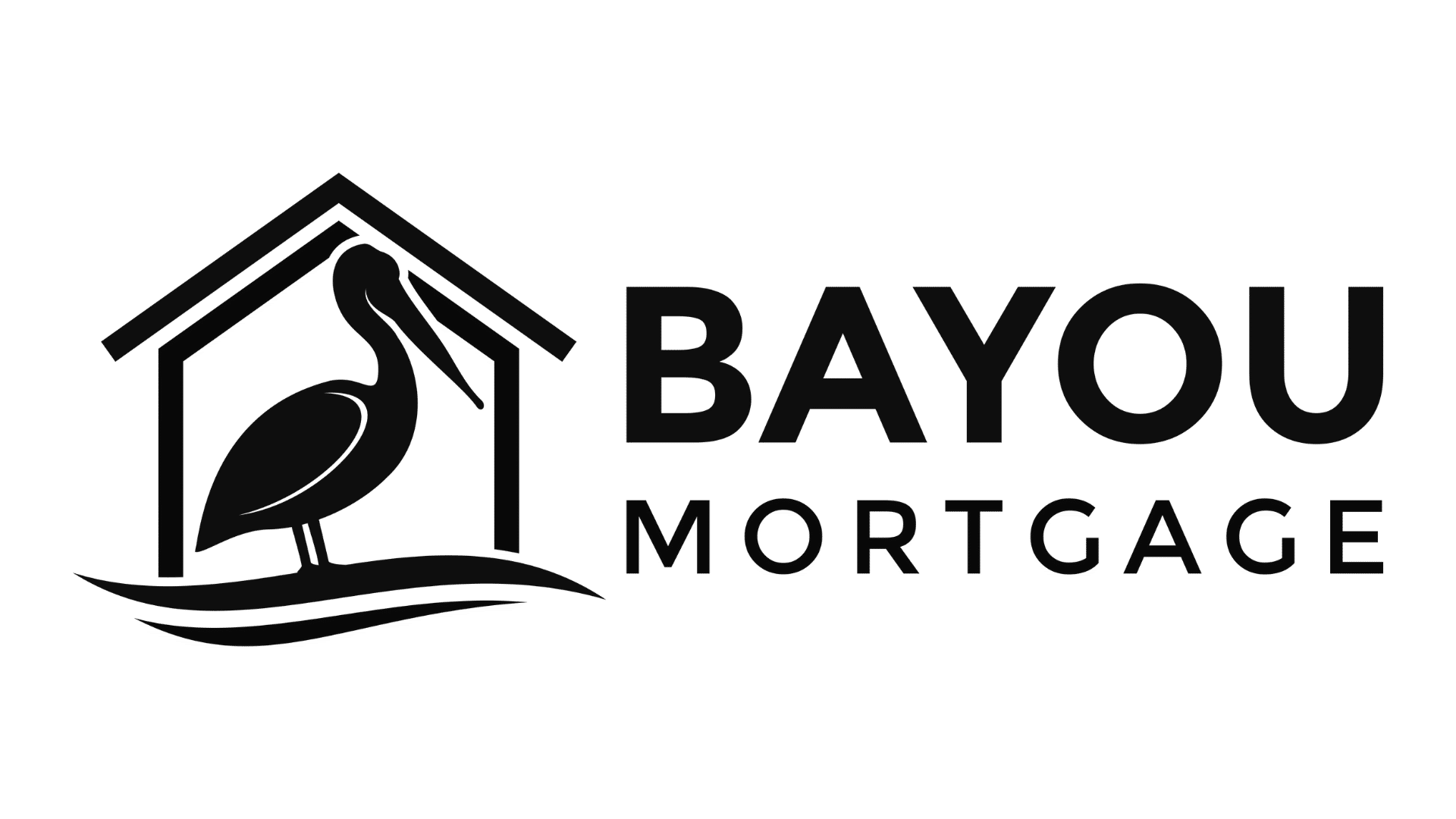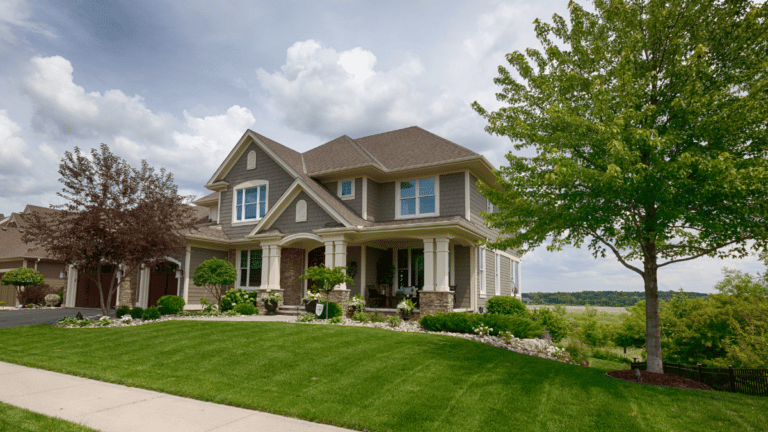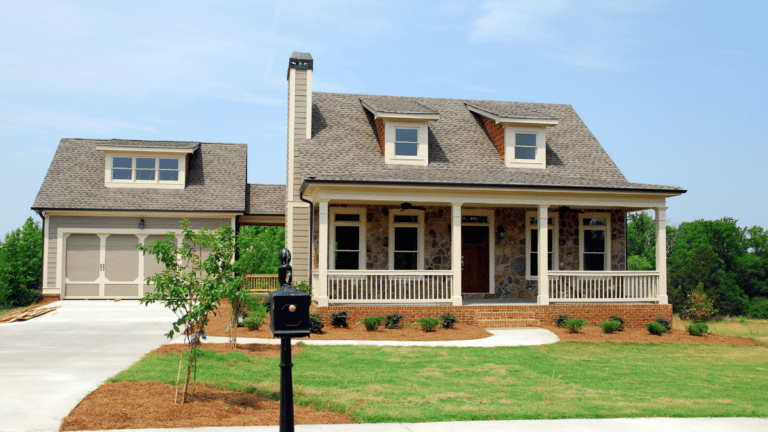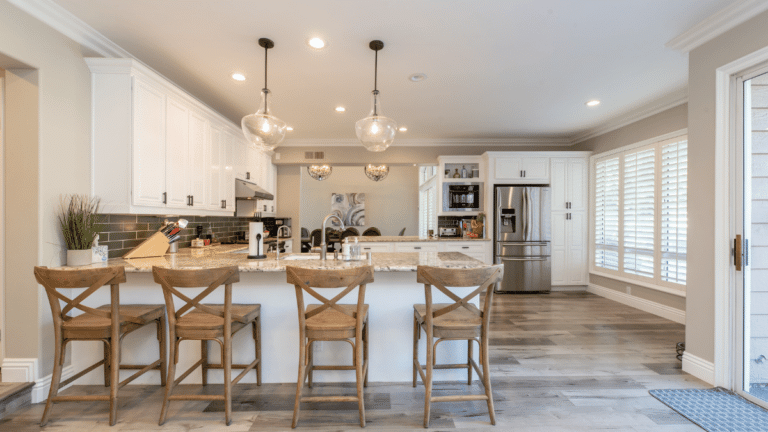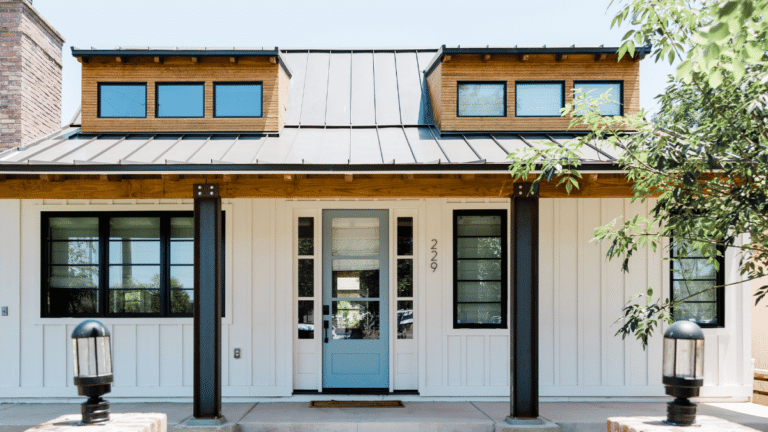When it comes to home loans, there’s a wide array of options available to buyers, each with its unique benefits and considerations. One such option is the Adjustable Rate Mortgage (ARM), a type of mortgage where the interest rate can change after a certain period. While ARMs can offer lower initial rates compared to fixed-rate mortgages, they also come with a degree of unpredictability that can be daunting.
What is an Adjustable Rate Mortgage?
An Adjustable Rate Mortgage (ARM) is a type of home loan in which the interest rate is not fixed but can change over time based on market conditions. Unlike a fixed-rate mortgage, where the interest rate remains the same throughout the life of the loan, an ARM starts with an initial rate that’s typically lower than the market rate for fixed-rate mortgages. This initial rate is fixed for a set period, after which it adjusts at regular intervals.
Structure of an ARM
Initial Rate Period: ARMs begin with an introductory period during which the interest rate remains fixed. This period can range from one month to several years, commonly 5, 7, or 10 years.
Adjustment Intervals: After the initial period, the interest rate adjusts at predetermined intervals. These adjustments are typically tied to a recognized index plus a set margin.
Rate Caps: To protect borrowers from dramatic increases in interest rates, ARMs include rate caps that limit how much the interest rate can change during each adjustment period and over the life of the loan.
Key ARM Terms
Index: ARMs are tied to a benchmark interest rate, or index, such as the London Interbank Offered Rate (LIBOR) or the Secured Overnight Financing Rate (SOFR). The loan’s interest rate adjusts based on movements in this index.
Margin: The margin is a set percentage added to the index to determine the adjusted interest rate. It remains constant over the life of the loan.
Adjustment Frequency: This is how often the interest rate can change. Common frequencies include annually, semi-annually, or monthly after the initial rate period.
How Do ARMs Work?
Adjustable Rate Mortgages (ARMs) offer a unique approach to financing a home, with interest rates that adjust over time based on changes in the market. Understanding the mechanics of ARMs is crucial for any potential borrower considering this type of loan. Here’s a breakdown of how ARMs function:
Adjustable-Rate Mortgages (ARMs) offer a blend of initial predictability and potential future variability in interest rates, appealing to a specific borrower demographic. Understanding the structure and phases of ARMs is crucial for making informed decisions that align with one’s financial and housing goals.
Initial Fixed-Rate Period
- Starting Phase: ARMs kick off with an initial fixed-rate period, typically lasting 5, 7, or 10 years, during which the interest rate does not change. This phase offers borrowers stability early in their mortgage term.
- Lower Interest Rates: Initially, ARMs tend to have lower interest rates compared to fixed-rate mortgages, appealing to those who intend to sell or refinance their home before the rate adjustment period begins.
Adjustment Phase
- Index + Margin: Post the initial fixed period, the ARM’s interest rate adjusts based on a benchmark index plus a set margin. The index reflects broader market interest rates, while the margin is a fixed percentage added to the index.
- Adjustment Frequency: The interest rate adjustment frequency, often annually or sometimes more frequently, is predetermined in the loan agreement, adding a layer of predictability to the adjustment process.
Rate Caps
- Periodic Cap: This cap restricts the rate increase from one adjustment period to the next, providing some protection against rapid rate increases.
- Lifetime Cap: A ceiling on how high the interest rate can rise over the loan’s duration ensures long-term protection for borrowers.
- Initial Cap: An initial cap can also apply, limiting the rate increase for the first adjustment period, offering additional security to borrowers.
Impact on Payments.
Potential for Increase or Decrease: Market conditions dictate whether the adjustable rate will rise or fall at each adjustment period, impacting monthly mortgage payments accordingly.
Predictability and Risk: The initial phase of lower payments may offer savings, but the possibility of future rate increases adds a measure of unpredictability and financial risk.
Borrowers considering an ARM should assess their ability to manage potential payment increases and plan for various market scenarios. This mortgage type requires a balance between enjoying initial lower payments and preparing for future rate adjustments, making it essential for borrowers to thoroughly understand how ARMs align with their financial strategies and long-term housing needs.
Pros and Cons of Adjustable Rate Mortgages
Adjustable Rate Mortgages (ARMs) can be an appealing option for certain homebuyers, offering a blend of initial affordability with the flexibility to adapt to changing interest rates. However, they also carry specific risks that borrowers must consider. Here’s a balanced look at the advantages and disadvantages of ARMs:
Pros of Adjustable Rate Mortgages
Lower Initial Rates: One of the most attractive features of ARMs is the lower initial interest rate compared to fixed-rate mortgages, which can result in lower monthly payments at the start of the loan.
Potential for Decreasing Rates: If interest rates in the market fall, your mortgage rate—and consequently, your monthly payment—could decrease during the adjustment periods.
Initial Fixed Period: The initial period of fixed interest offers stability and can be particularly beneficial for those who plan to sell or refinance their home before the adjustable period begins.
Caps on Adjustments: Rate caps provide some protection against dramatic increases in interest rates, offering a measure of predictability and security to borrowers.
Cons of Adjustable Rate Mortgages
Rate and Payment Uncertainty: After the initial fixed period, the interest rate can fluctuate, leading to potential increases in monthly payments, which could strain your budget.
Complexity: ARMs are more complex than fixed-rate mortgages, requiring borrowers to understand terms like indexes, margins, and caps, which can be daunting for some.
Potential for Higher Lifetime Cost: If interest rates rise significantly, an ARM could end up costing more over the life of the loan compared to a fixed-rate mortgage locked in at a lower rate.
Refinancing Risks: Borrowers counting on refinancing to a fixed-rate mortgage in the future may face challenges if their financial situation changes or if prevailing interest rates are unfavorable.
Who Should Consider an ARM?
ARMs are best suited for borrowers who:
- Plan to sell or refinance before the end of the initial fixed-rate period.
- Expect their income to increase in the future, which would help them manage potential increases in mortgage payments.
- Are comfortable with a degree of risk and the potential for fluctuating monthly payments.
Understanding the pros and cons of Adjustable Rate Mortgages is crucial for making an informed decision that aligns with your financial goals and tolerance for risk. While the initial savings can be substantial, it’s important to plan for the future and consider how rate adjustments could impact your finances over time.
Who Should Consider an Adjustable Rate Mortgage?
Adjustable Rate Mortgages (ARMs) cater to specific financial strategies and life circumstances, making them a suitable option for certain individuals. Recognizing if you align with the borrower profile that benefits from an ARM is crucial for a decision that matches your financial goals. Consider an ARM if you are:
- Individuals planning to move or sell their home before the initial fixed-rate period ends, utilizing the lower rates without the concern of future adjustments.
- Those with careers that may require relocation within a few years, benefiting from the lower initial payments of an ARM.
- Individuals who anticipate a significant increase in income over the next few years, finding the lower initial payments provide financial flexibility for future rate increases.
- Borrowers preferring to invest the savings from lower initial payments into higher-return assets, leveraging an ARM for financial growth.
- Optimistic about future falling interest rates, starting with an ARM could offer reduced rates later without the need to refinance.
- Those open to refinancing, initially enjoying lower rates with an ARM and planning to switch to a fixed-rate mortgage when advantageous.
Considerations Before Choosing an ARM
- Ensure you have a stable income that can accommodate potential increases in mortgage payments.
- Be comfortable with a certain level of uncertainty regarding future mortgage expenses.
- Understand your long-term housing needs and financial goals. If staying in your home for a long time, consider how fluctuating rates might affect your ability to afford your home in the future.
ARMs offer a degree of flexibility and initial savings that can be attractive under the right circumstances. However, they also require a clear understanding of your financial situation and future plans. It’s essential to assess your ability to manage the potential risks and benefits associated with the adjustable rates.
Understanding Rate Caps in Adjustable-Rate Mortgages (ARMs)
Rate caps play a pivotal role in Adjustable-Rate Mortgages (ARMs), offering borrowers protection against drastic fluctuations in interest rates. These caps set predefined limits on how much the interest rate can change during the adjustment periods throughout the life of the loan. Understanding rate caps is essential for borrowers considering an ARM, as they directly impact the predictability and affordability of mortgage payments over time. Here’s a concise overview:
- Initial Cap: This cap limits the amount by which the interest rate can increase for the first adjustment period after the initial fixed-rate phase. It’s particularly crucial for borrowers to understand this cap, as it marks the first potential change in their interest rate and, consequently, their mortgage payments.
- Periodic Cap: The periodic cap sets a limit on the rate increase from one adjustment period to the next. This cap ensures that borrowers are protected from significant jumps in their interest rates and monthly payments, providing a measure of stability and predictability.
- Lifetime Cap: This is the ultimate safeguard for borrowers, setting a maximum limit on how much the interest rate can increase over the entire term of the mortgage. The lifetime cap offers long-term security, ensuring that the interest rate will never exceed a certain percentage above the initial rate, no matter how the market fluctuates.
Rate caps are designed to offer a balance between the flexibility of an ARM and the need for protection against extreme interest rate volatility. By limiting how much and how quickly interest rates can change, rate caps help borrowers plan for the future with greater confidence, knowing that their mortgage payments will remain within a predictable range. Understanding these caps is crucial for any potential ARM borrower, as they significantly affect the loan’s affordability and risk profile.
Questions to Ask Before Choosing an ARM
Deciding whether an Adjustable Rate Mortgage (ARM) is right for you involves considering various factors about your financial situation, future plans, and comfort with risk. Before choosing an ARM, it’s crucial to ask yourself several questions to ensure it aligns with your long-term goals and financial strategy. Here are key questions to contemplate:
1. How long do I plan to stay in the home?
If you anticipate moving or refinancing before the initial fixed-rate period ends, an ARM might offer savings without the risk of future rate adjustments.
2. How would my finances handle a potential increase in monthly payments?
Evaluate your budget and financial stability to determine if you can afford higher payments should interest rates rise after the fixed-rate period.
3. Do I expect my income to increase in the future?
An ARM could be a good choice if you expect your income to grow, making you more capable of handling possible payment increases.
4. What are the terms of the ARM, including the rate caps?
Understanding the specifics, such as adjustment intervals, rate caps, and the index your ARM is tied to, is crucial for assessing the potential impact on your payments.
5. How do current and projected interest rates influence my decision?
Consider the current interest rate environment and future rate projections. If rates are expected to rise, understand how that could affect your loan’s adjustable rate.
6. Am I comfortable with the uncertainty of adjustable payments?
Reflect on your risk tolerance. If the uncertainty of fluctuating payments makes you uneasy, a fixed-rate mortgage might be a better fit.
7. What are my refinancing options if rates increase significantly?
Have a plan for refinancing if rates go up. Understand the costs and qualifications associated with refinancing to ensure it’s a viable strategy.
8. How does an ARM compare to a fixed-rate mortgage over time?
Calculate the potential long-term costs of an ARM versus a fixed-rate mortgage, considering possible rate increases and how long you plan to hold the loan.
Bottom Line:
In conclusion, Adjustable-Rate Mortgages (ARMs) present a valuable financing option for certain homebuyers, offering the allure of lower initial interest rates compared to fixed-rate mortgages, along with the adaptability to changing market conditions. However, the decision to choose an ARM over a fixed-rate mortgage should be made with a thorough understanding of how these loans work, particularly the implications of the adjustment periods and the protective mechanism of rate caps.
Ultimately, whether an ARM is the right choice depends on individual financial goals, risk tolerance, and the ability to absorb potential increases in future mortgage payments. By carefully considering these factors, borrowers can make informed decisions that align with their long-term housing needs and financial plans, making the most of what ARMs have to offer in the right circumstances.
